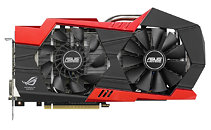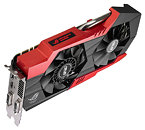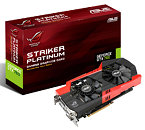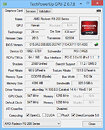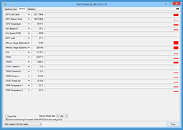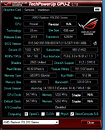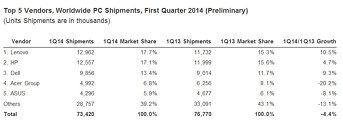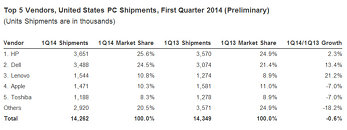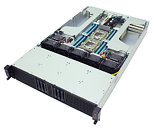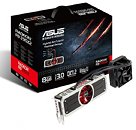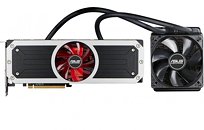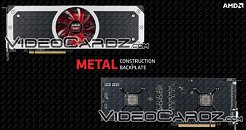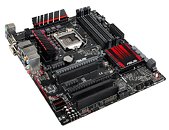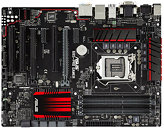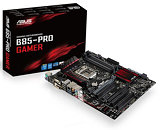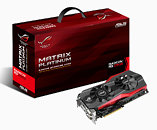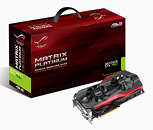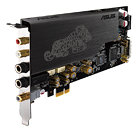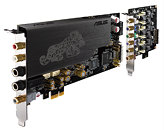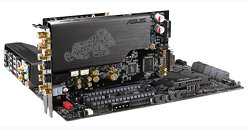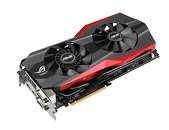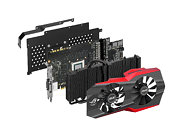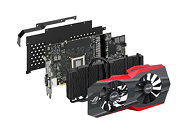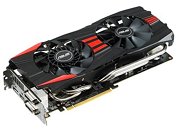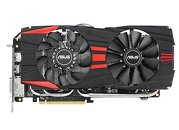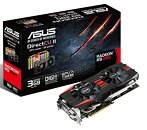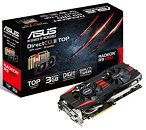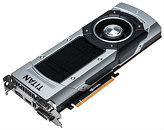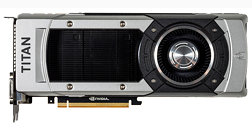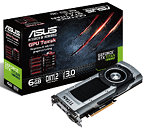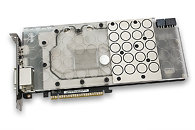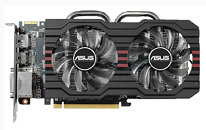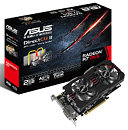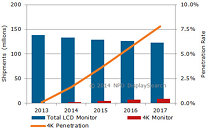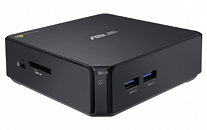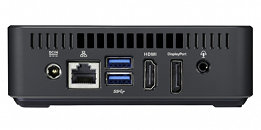
ASUS Z97-based ROG Maximus VII Series Pictured
Here are the first pictures of the Republic of Gamers Maximus VII motherboard series, from ASUS. The lineup will initially consist of three models, the Maximus VII Hero, the Maximus VII Ranger, and the micro-ATX Maximus VII Gene, with no signs of >$200 "Formula" and "Extreme" variants, or even the mini-ITX "Impact" variant. With MSI and ASRock setting up their "Gaming" and "Fatal1ty" sub-brand models at the $150 price point, ASUS is feeling the pinch of not putting an ROG Maximus-series model up at that price. Hence we have the Maximus VII Ranger, a $150-ish motherboard that could go head on against the Gaming 3 from MSI, and Z97 Fatal1ty Killer from ASRock. The $199 price-point is captured by the Maximus VII Hero, competing with the Gaming 7 from MSI. Future "Formula" and "Extreme" variants could compete at the $250 and ≥$300 price-points with the MPower and XPower models.
The Maximus VII Ranger features two PCI-Express 3.0 x16 slots wired to the CPU (x8/x8 with both populated), the third one is wired to the Z97 PCH, and is electrical x4. The board appears to feature a simple 8-phase CPU VRM, six SATA 6 Gb/s ports, an M.2 slot, SupremeFX audio, and a single gigabit Ethernet connection, probably made by Intel. Moving on, the Maximus VII Hero. Which could feature a meatier CPU VRM, eight SATA 6 Gb/s ports, one M.2, a similar expansion slot layout to the Ranger, and probably more connectivity options. The Maximus VII Gene is a feature-rich micro-ATX board, with a similar CPU VRM to the Maximus VII Hero, two PCI-Express 3.0 x16 slots, an addition PCI-Express x1, an M.2, and eight SATA 6 Gb/s ports. Its connectivity appears to include a WLAN card with 802.11 ac. Among the new ROG-exclusive features introduced by this series, are Gamefirst III (packet prioritization), LANGuard, SonicRadar II (points to where a sound is coming from), KeyBot (keyboard macros), and TrueVolt USB (power stabilization for USB ports).
The Maximus VII Ranger features two PCI-Express 3.0 x16 slots wired to the CPU (x8/x8 with both populated), the third one is wired to the Z97 PCH, and is electrical x4. The board appears to feature a simple 8-phase CPU VRM, six SATA 6 Gb/s ports, an M.2 slot, SupremeFX audio, and a single gigabit Ethernet connection, probably made by Intel. Moving on, the Maximus VII Hero. Which could feature a meatier CPU VRM, eight SATA 6 Gb/s ports, one M.2, a similar expansion slot layout to the Ranger, and probably more connectivity options. The Maximus VII Gene is a feature-rich micro-ATX board, with a similar CPU VRM to the Maximus VII Hero, two PCI-Express 3.0 x16 slots, an addition PCI-Express x1, an M.2, and eight SATA 6 Gb/s ports. Its connectivity appears to include a WLAN card with 802.11 ac. Among the new ROG-exclusive features introduced by this series, are Gamefirst III (packet prioritization), LANGuard, SonicRadar II (points to where a sound is coming from), KeyBot (keyboard macros), and TrueVolt USB (power stabilization for USB ports).

